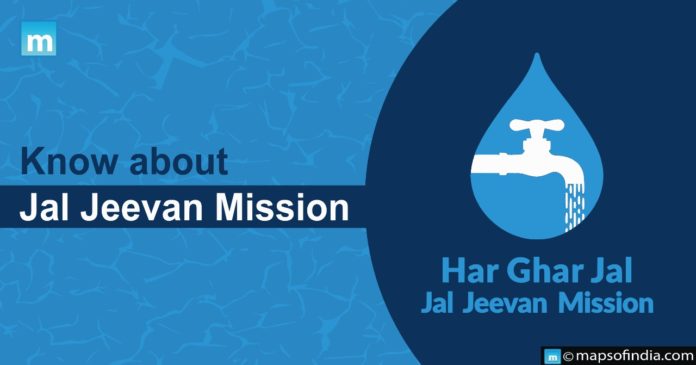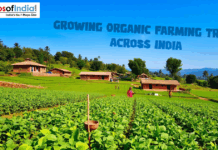According to the Jal Jeevan Mission (JJM), every rural household can access 55 litres of water per person daily through operational household tapped connections. JJM concentrates on localised integrated demand- and supply-side monitoring of water.
Construction of the necessary infrastructural development for resource sustainability measures, such as rainwater collection, water reuse, and management of domestic wastewater for reuse, would be done in coordination with other governmental programmes and plans. A fundamental part of the vision is to provide broad information, education, and communication based on a community-based approach to water. The JJM is committed to establishing a Jan Andolan for water, elevating this issue to the level of universal concern.
Funding Distribution
- The Himalayan and North-Eastern States receive 90% of their funding from the Centre, 10% from other states, and 100% from Union Territories.
- Over 3 lakh crore has been allocated in total for the programme.
Key Pointers
- The Ministry of Jal Shakti has instructed many state Governments that returning labour, exceptionally skilled, semi-skilled, and unskilled workers in the construction industry, may be used to hasten the project completion.
Importance
- This arrangement may help the employees who are now without jobs get work.
- With the Covid -19 epidemic still fresh in people’s minds, the mission is being exploited to ease some of the impacts of the widespread return of interstate workers to their home States.
- There is a great need for labour, resulting from people returning to their home districts from other regions of the nation.
- Funding for the Mahatma Gandhi National Rural Employment Guarantee Act (MGNREGA) has already increased by 40,000 over the 60,000 crores previously designated.
- The new Jal Jeevan Mission gets funding, despite MGNREGA being an older initiative.
Tap Water Supplies
- Several families covered by the ministry require tap water connections.
- Out of the 19.04 crore rural homes across the country, 3.23 crore had tap connections, and 15.81 crores needed to be given functional tap connections, according to a revalidation study of households and the state of tap water.
- In addition to the 11,000 crores authorised in the budget, 12,000 crore has been granted from extra-budgetary allowances, and grants for water bodies and sanitation are related to 50% of the 60,750 crore earmarked by the 15th Finance Commission for tiny local bodies.
Ministry of Jal Shakti
After merging the ministries, namely, the Ministries of Water Resources, River Development, and Ganga Rejuvenation and the Ministries of Drinking Water and Sanitation, the government established a new ministry called “Jal Shakti.”
This ministry will address various issues, including the availability of clean drinking water, international and intrastate disputes over water, and the Namami Gange initiative, which is aimed at cleaning the Ganges and its tributaries and sub-tributaries.
The ministry will implement the government’s ambitious ambition (the “Nal se Jal” initiative under the Jal Jeevan Objective) to link every Indian household in rural and urban areas to a piped water system by 2024.




